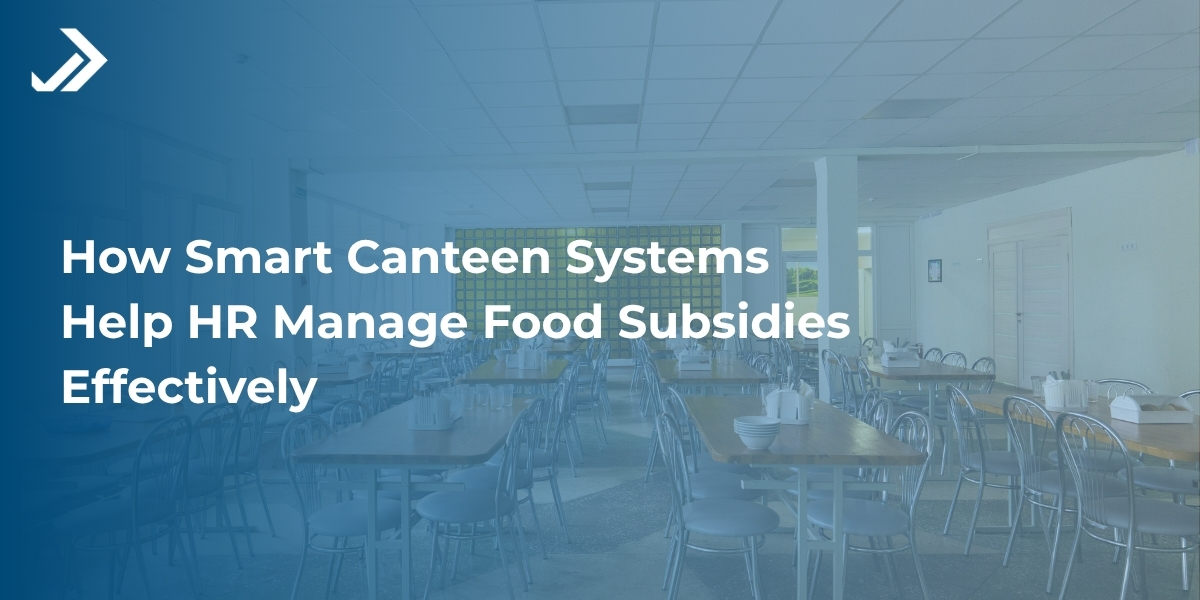

Author : Marketing Team | Follow us on LinkedIn:
12 Sep, 2025
How Attendance Systems Help in Managing Unlimited Shift Schedules
Table of Contents
Managing shifts sounds straightforward until you’re the one doing it for hundreds or thousands of employees spread across locations, job roles, and time zones. In industries like BPOs, manufacturing, healthcare, and IT, shifts aren’t just morning, evening, and night; they can be rotating, split, overlapping, or entirely customized. A single scheduling error can lead to confusion, overtime disputes, or even compliance issues.
This is where a modern attendance management system steps in. Designed to handle the complexity of unlimited and flexible shift schedules, it ensures every employee knows where they need to be, when they need to be there, and how their hours are tracked without HR drowning in spreadsheets. Businesses that adopt the right attendance management solution gain far more than basic time tracking. They gain a tool that keeps operations smooth around the clock.
The Growing Complexity of Shift Management & How Modern Attendance Systems Help
Round-the-clock operations have become the rule, not the exception. Businesses now operate on a variety of shifts: night shifts for global support teams, rotational shifts for plant workers, hybrid setups for IT staff, and even staggered shifts for retail and service employees.
Relying on legacy systems or manual scheduling creates a complex and challenging environment. Errors creep in. Overtime gets misused. Absenteeism slips through unnoticed. Payroll teams spend hours verifying time logs, and managers scramble to reassign shifts when plans fall apart.
A modern attendance management system changes this. It automates clock-in and clock-out tracking, calculates total work hours, and directly integrates with payroll. A well-implemented attendance management solution also allows managers to create and manage custom shift schedules across departments with precision. Whether you’re running a single site or managing teams in multiple cities, it scales effortlessly to match your operational demands.
The Future of Workforce Scheduling with Unlimited Shifts
The most valuable feature for dynamic workplaces is the ability to manage unlimited shift types. This includes:
- Fixed shifts for roles that need consistency
- Flexible shifts for employees with variable start times
- Staggered shifts to avoid bottlenecks during entry or exit
- Split shifts for roles requiring on-and-off coverage
- Overlapping shifts for continuous handover between teams
Rules can be configured down to the minute shift hours, break times, grace periods, overtime limits. Bulk shift rosters can be uploaded directly via Excel or synced with your HRMS. Managers can assign shifts to individual employees, entire teams, or departments. Rotations become easier, and everyone stays on the same page with the help of a powerful attendance management solution.
Key Benefits of Managing Shifts Through an Attendance System
- Flexibility– Quickly adjust staffing to meet seasonal demand, project deadlines, or unexpected absences.
- Accuracy– No more miscalculations in shift allocation or attendance tracking.
- Productivity– Match workforce availability to peak demand hours to avoid overstaffing or staff shortages.
- Compliance– Ensure every shift adheres to labor laws, wage rules, and overtime regulations.
- Transparency– Employees can view schedules and attendance logs via self-service portals, reducing the need for HR to be involved.
An attendance management system makes these benefits possible without overwhelming HR teams with manual work.
Use Cases Across Industries
BPOs and KPOs
These businesses run 24/7, serving clients in multiple time zones. An attendance management system helps create dynamic rosters that ensure adequate coverage during peak call hours while balancing workloads to avoid burnout. It can also handle short-notice shift swaps when agents call in sick, ensuring no drop in service levels.
Manufacturing
Plants often operate on complex schedules where shifts may vary based on the production line, machinery, or even safety requirements. The system allows for plant-wise, machine-wise, or zone-wise shift planning, enabling managers to assign the right staff to the right task. With a reliable attendance management solution, downtime caused by staffing gaps can be prevented, and resources are used more efficiently.
Healthcare
Hospitals and clinics deal with unpredictable workloads. Nurse and doctor shifts need careful planning to maintain patient care standards while avoiding fatigue. An attendance management system can stagger medical staff schedules to prevent scheduling conflicts among specialists, ensure fair distribution of night duties, and respond quickly to emergency staff shortages.
IT and Hybrid Workplaces
Technology companies often manage teams that include in-office, remote, and hybrid work arrangements. An attendance management solution lets them create flexible shifts that align with client project timelines, development sprints, and support windows. For hybrid employees, it ensures compliance with in-office attendance policies while giving visibility into remote working hours.
Retail and Hospitality
Retail stores and hotels thrive on staffing efficiency. An attendance management system helps align employee schedules with foot traffic patterns, special events, and seasonal surges. For example, extra staff can be allocated for weekends, holiday sales, or peak tourist seasons without manual guesswork.
Employee Self-Service: Empowering Shift Visibility
An attendance management solution doesn’t just help HR; it helps employees plan their lives better. Self-service portals or mobile apps allow staff to:
- View upcoming shifts in advance
- Receive instant notifications for shift changes via app, SMS, or email.
- Submit shift change requests directly through the portal.
- Track attendance history without asking HR for reports
This visibility reduces confusion, prevents last-minute panic, and reduces repetitive queries to the HR team.
Conclusion
Managing unlimited and flexible shift schedules is no longer a task you can handle with manual rosters and scattered Excel files. A smart attendance management system not only organizes shifts but also ensures accuracy, compliance, and employee satisfaction.
With the right attendance management solution, every team member knows their schedule, hours are tracked accurately, and adjustments can be made without disruption. It’s not just about tracking time—it’s about running operations with precision and giving employees the clarity they deserve.








